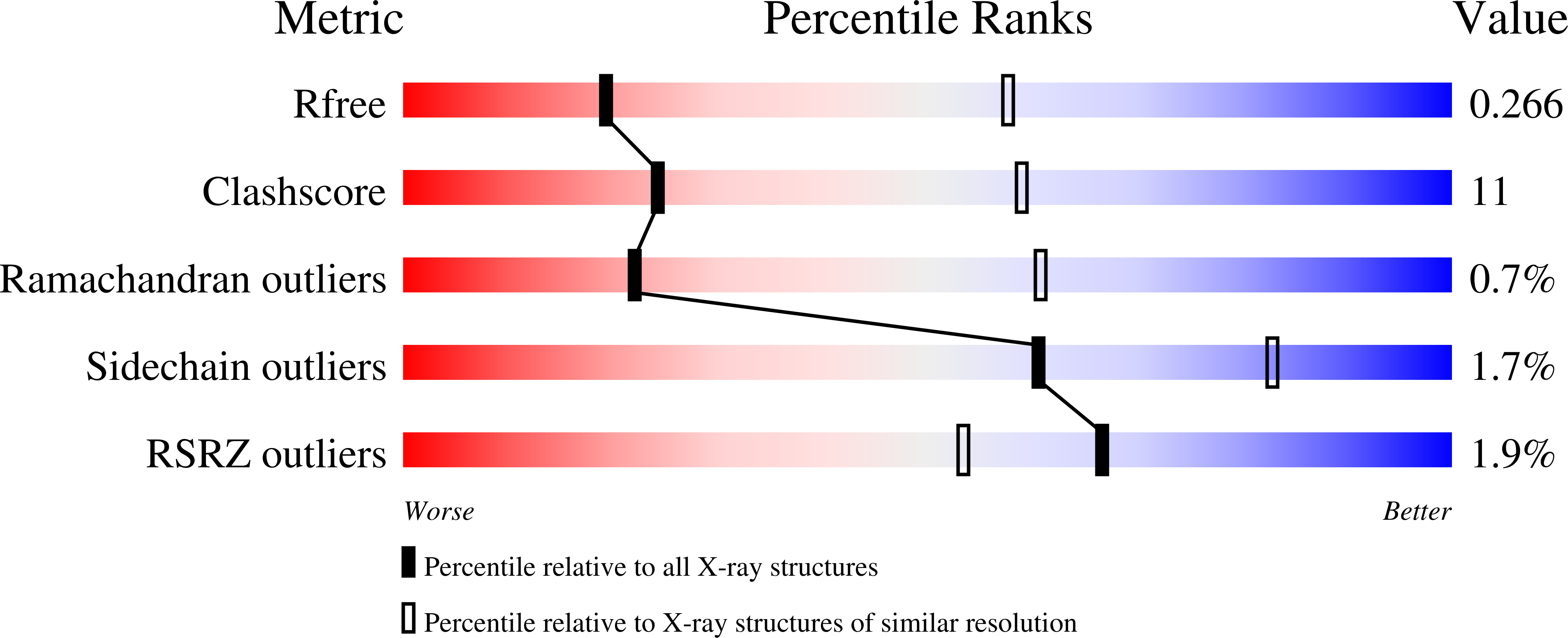
Deposition Date
2020-05-27
Release Date
2021-06-02
Last Version Date
2023-10-18
Entry Detail
PDB ID:
6X61
Keywords:
Title:
Crystal structure of the N-terminal thioredoxin domain of SasA in complex with the N-terminal CI domain of KaiC from Thermosynchococcus elongatus
Biological Source:
Source Organism:
Thermosynechococcus elongatus (Taxon ID: 197221)
Host Organism:
Method Details:
Experimental Method:
Resolution:
3.20 Å
R-Value Free:
0.26
R-Value Work:
0.22
R-Value Observed:
0.22
Space Group:
P 1 21 1


